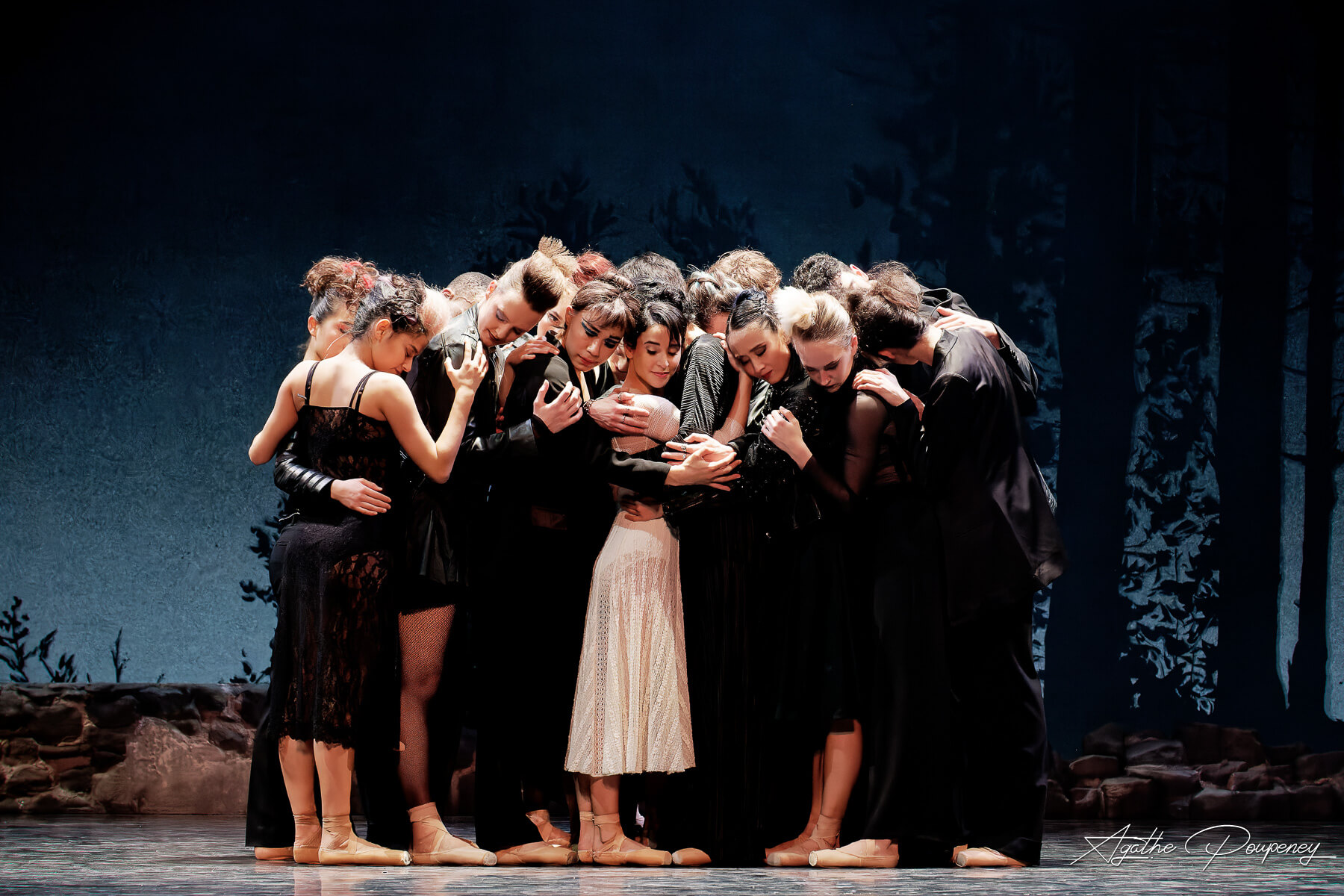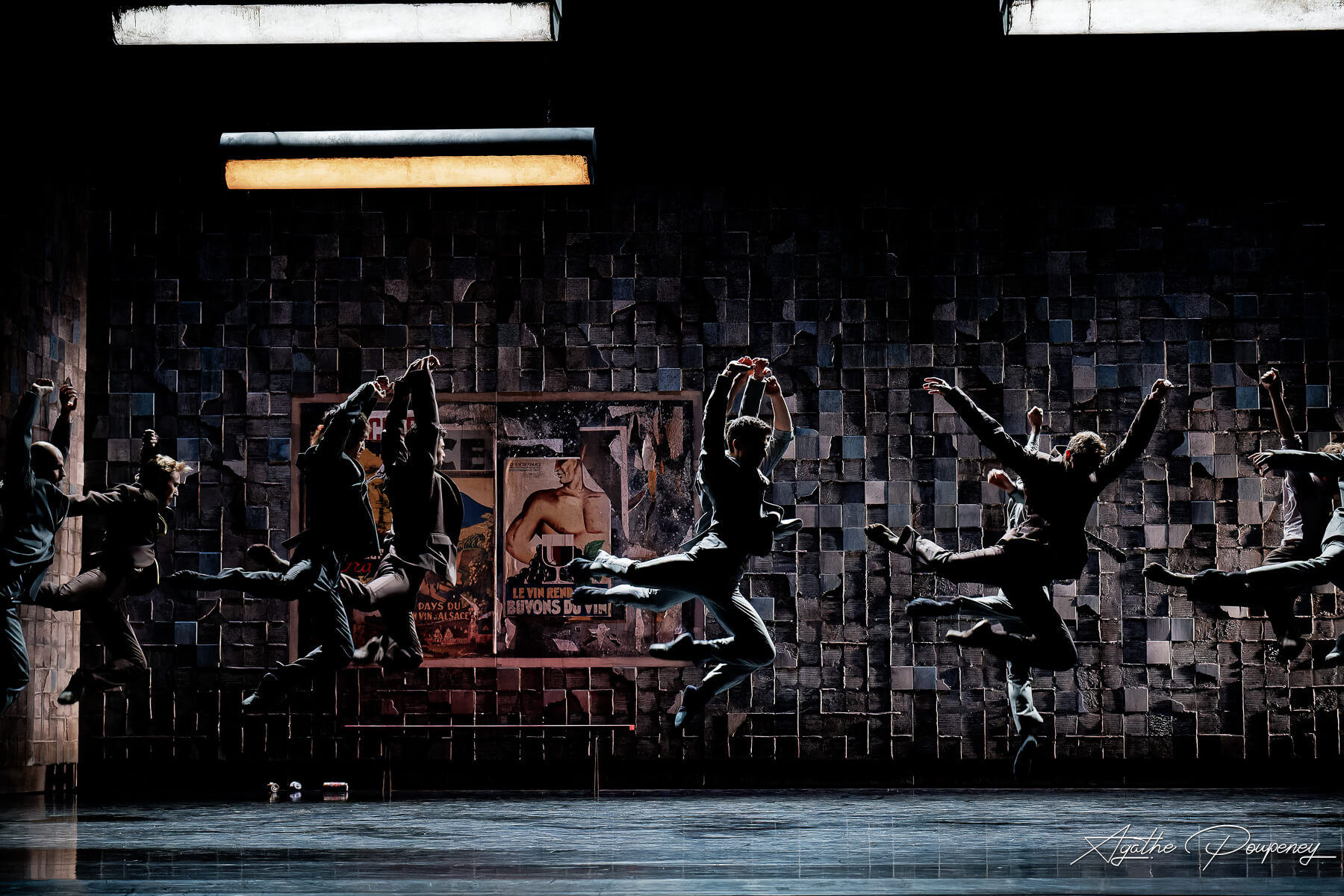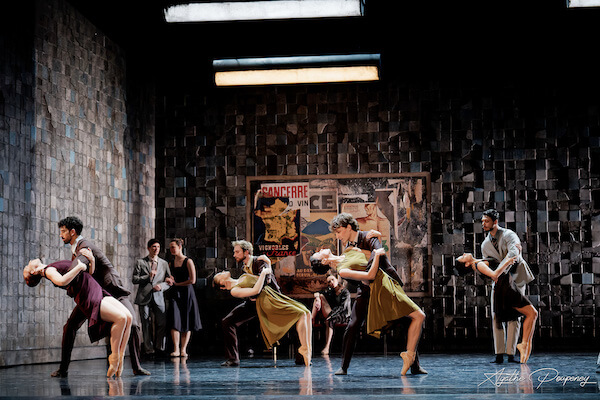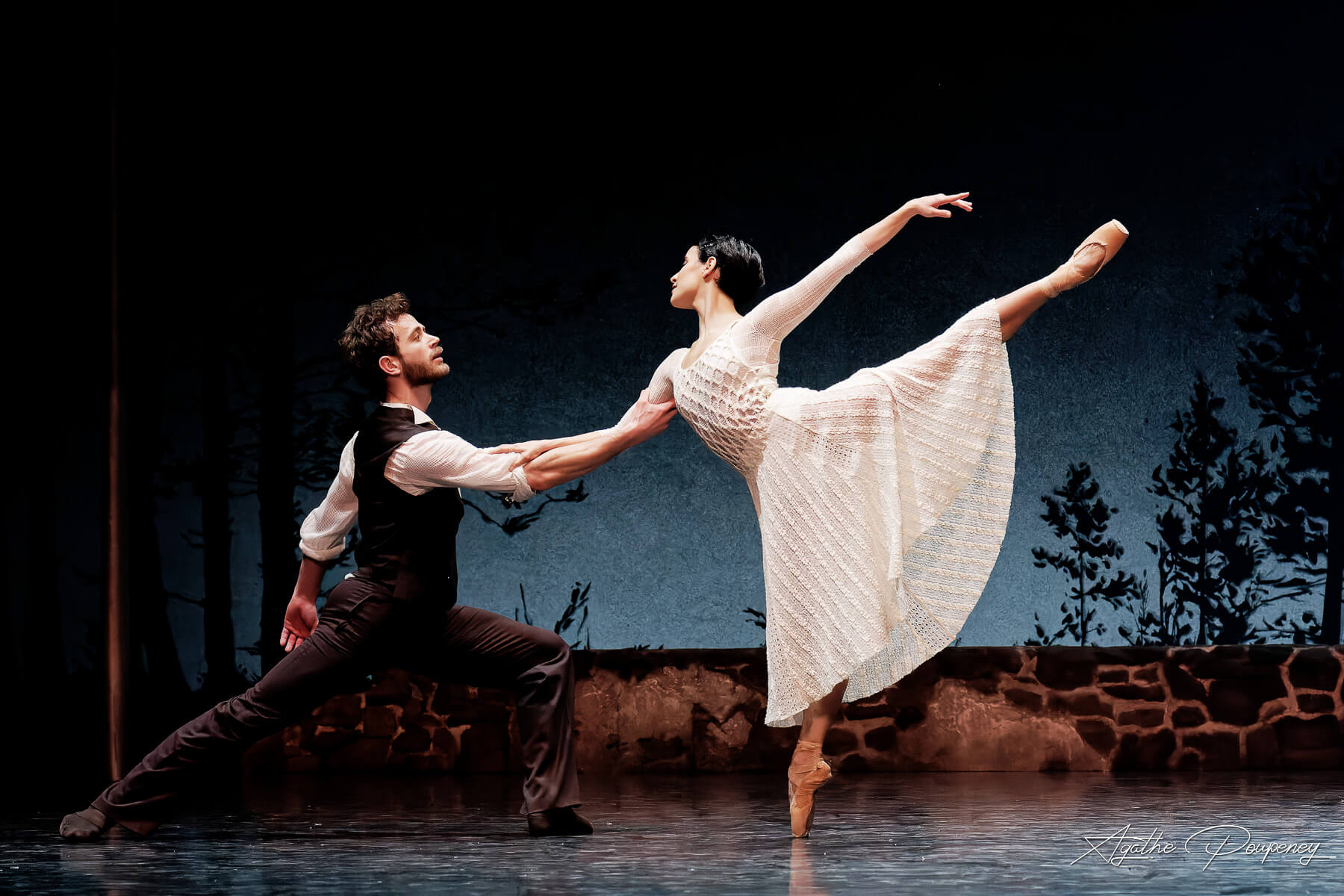Giselle
Premiere 14. Januar 2023, Ballet du Rhin, Opéra de Strasbourg
Die Urfassung von Giselle ist in einer Zeit entstanden, in der nicht nur die Welt eine andere war, sondern auch die Rolle des Balletts. Uraufführungen wurden auf den Titelseiten der großen Zeitungen besprochen und die Mode in den Pariser Straßen von den Kostümen der Ballerinen inspiriert. Dem romantischen Zeitgeist entsprechend wurden die Zwänge der Realität in einer mystischen Parallelwelt ausgehebelt, um dort Gegenentwürfe zu erträumen. Welche Rolle kann ein Ballett wie Giselle heute spielen? Welche Essenz lässt sich ins Heute übertragen, um von Relevanz für die Fragen unserer Zeit zu sein? Einige der zentralen Fragen damals wie heute sind jene der Perspektive und der Deutungshoheit über Recht und Unrecht. Hier setzt die neue Version von Martin Chaix in der Re-Lektüre des Originals an. Obwohl Giselle im Zentrum des Geschehens steht und ihren eigenen Kopf hat, muss sie in der Originalfassung in die mystische Welt der Feen übertreten, um ihrer Kraft und ihrem Willen Gewicht zu verschaffen.
In der Fassung von Martin Chaix findet der Weltenwechsel im Hier und Jetzt statt und ist von einer Änderung der Vorzeichen im Wertekanon markiert. Es gibt keinen Wahnsinn und keine Feen, es gibt aber eine Gesellschaft, die bestimmte Vorgänge nicht länger legitimiert und zur Anklage bringt. Auch die Aushandlung des Schmerzes findet im Hier und Jetzt statt und wird nicht in den Wahnsinn ausgelagert. Myrtha, Giselle und Bathilde bündeln ihre Kräfte im Moment der Trauer und wandeln diese in Wut um. Diese Verschwesterung steht für den Mut, die Mechanismen der Macht zu unterlaufen und ihnen etwas entgegen zu setzen. All dies übersetzt in die Sprache des Tanzes.
The original version of Giselle was written at a time when not only the world was a different place, but also the role of ballet. Premieres were reviewed on the front pages of major newspapers and fashion in the streets of Paris was inspired by the ballerinas‘ costumes. In keeping with the romantic spirit of the times, the constraints of reality were undermined in a mystical parallel world where counter-designs could be dreamed up. What role can a ballet like Giselle play today? What essence can be transferred to today in order to be relevant to the questions of our time? Some of the central questions, then as now, are those of perspective and interpretive authority over right and wrong. This is where Martin Chaix‘ new version comes in in his re-reading of the original. Although Giselle is at the centre of the action and has a mind of her own, in the original version she has to cross over into the mystical world of the fairies to give weight to her strength and will.
In Martin Chaix‘ version, the change of world takes place in the here and now and is marked by a change of sign in the canon of values. There is no madness and no fairies, but there is a society that no longer legitimises certain processes and brings them to trial. Even the negotiation of pain takes place in the here and now and is not outsourced to madness. Myrtha, Giselle and Bathilde join forces in the moment of grief and transform it into rage. This sisterhood stands for the courage to subvert the mechanisms of power and to oppose them. All this is translated into the language of dance.
Choreographie Martin Chaix
Musik Adolphe Adam, Louise Farrenc (1. und 3. Symphonie)
Musikalische Leitung Sora Elisabeth Lee
Dramaturgie Ulrike Wörner von Faßmann, Martin Chaix
Musikalische Dramaturgie Martin Chaix
Bühnenbild Thomas Mika
Kostüme Catherine Voeffray
Licht Tom Klefstad




